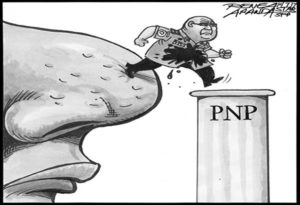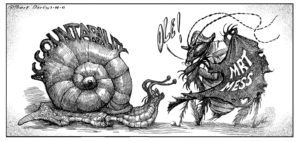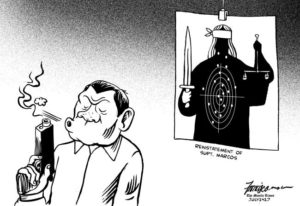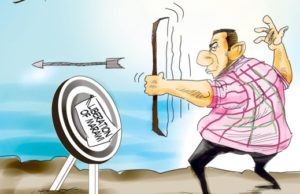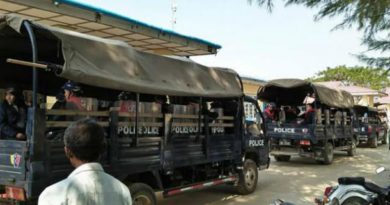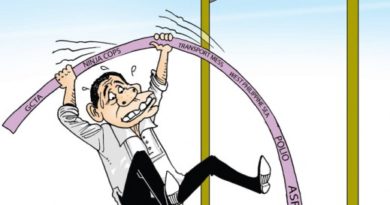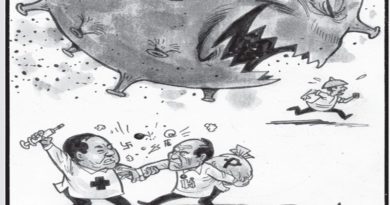Swift police, court action will help prevent crime
After a family of five – a security guard’s wife, mother-in-law, and three children – were found murdered in a subdivision in San Jose del Monte, Bulacan, last month, a construction worker was arrested by the police and he admitted the crime. Presented to media by the police, he said he and some cohorts were under the influence of drugs and alcohol when they killed the two women and three children in their house on June 27.
The massacre renewed public interest in the government’s anti-drugs campaign, which had been eclipsed in the news lately by the Marawi siege. Officials of the Philippine Drug Enforcement Agency (PDEA) said the Bulacan massacre was an example of why the death penalty should be restored for drug cases.
But then the suspect tested negative for drug use, after which he denied his earlier statement admitting the killings. He said he had been tortured by the police to force him to admit the murders. The police denied the charge and said the negative drug test does not affect the murder charges filed by the police with the San Jose del Monte prosecutor’s office.
The picture soon became even more complicated. Three men linked to the murders and sought by the police turned up dead one after the other. One body was found in another subdivision of San Jose del Monte with a placard saying he was a drug addict and should not be emulated. The second was shot dead by men who barged into his house. The third was found dead with his head wrapped in masking tape and with a placard also saying he was a drug addict and rapist.
What do we make of these incidents coming one after the other without rational explanation? The original crime – the massacre of a family of five – no longer looks like a solved case as the suspect has retracted his admission and accused the police of torture. He had originally claimed to have committed the crime because he had been crazed by his drug addiction. But then his drug tests had turned out to be negative.
The PDEA tried to use the case to support the campaign for the restoration of the death penalty for murder in drug cases. Far from supporting this cause, however, the Bulacan case raises the danger that an innocent man could be quickly convicted and, if here was a death penalty, he could be quickly put to death.
There is need to get to the bottom of this case. There is need to determine the reason for the murder of two women and three children and for the subsequent murder of three men earlier named as suspects.
While some quarters believe the death penalty will help prevent crime, many others believe it is swift solution of cases and swift judicial action that truly helps prevent crime in any society.
